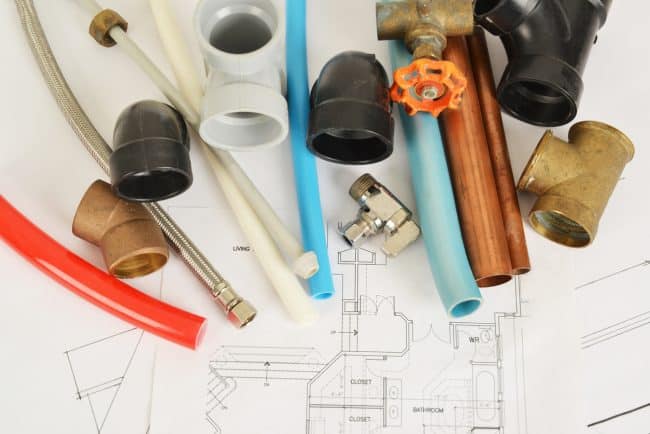A step drill bit is a conical-shaped drill bit that allows for the creation of holes of varying sizes with a single bit. It is composed of several layers with progressively larger diameters from tip to end. It has a pointed groove on one side that serves as the cutting edge. Additionally, the step drill bit is used to expand and deburr holes. This drill bit is designed for metals but may also be used on wood, plastic, and other materials. I’ve found the step drill bit to be a very useful tool since it can be used to replace a variety of twist bits, deburrers, and reamers. There is a variety of reasons why you should drill into sheet metal using a step drill bit. Check out drilling-it.
Numerous Diameters
A step drill bit with various diameters eliminates the bother of changing drill bits when drilling a large number of holes of varying sizes. A step drill bit may be used to drill holes of varying sizes.
Self-tapping tip: Step drill bits feature a self-tapping tip that allows thin materials to be boiled without drilling the pilot hole.
Flute: The flute on a step drill bit makes it possible to remove waste materials simply to prevent the drill from blockage and overheating.
Reaming: a step box bit provides clean edges directly on the hole and therefore avoids the need for a reamer.
Deburring: you may also deburr the hole you just drilled with a step-bit by smoothing out the next step on either side of the hole. And, although step drill bits offer a number of advantages, they also have a few disadvantages.
Sharpening step drill bits is a tremendous challenge. While you can purchase a variety of step drill bit sharpening kits on the internet, they need a steady hand and expertise.
Due to the 1/4′′ thickness of the majority of step drill bits, they are only effective on thin materials.
Step drill bits are often more costly than standard drill bits.
Even a single damaged step in a step drill bit implies that it must be replaced or used up to the damaged step.
What are the Applications of Step Drill Bits?
Step drill bits have always intrigued me since they may be used for a number of tasks, in contrast to other drill bits that are often used for drilling holes exclusively. I’ve included a few of the most typical methods to utilise a step drill bit.
Use of Step Drill Bits
Along with the procedures outlined above, I’ve found the following suggestions to be very beneficial anytime I use a step drill bit.
- Maintain a straight drill bit when drilling. A slanted drill bit may produce oblong holes.
- Allow the drill bit to perform its work without exerting undue power.
- Drill gently to prevent exceeding the desired diameter of the hole.
- Avoid chattering by using a step drill bit (excluding HSS step drill bits) at low to moderate spindle speeds.
- It is suggested to utilise a pilot hole when drilling holes with a high diameter.
- Utilize a cutting fluid to guarantee nice holes and to prevent the drill bit from being damaged.
- To prevent overheating, remove the bit often from the material while drilling big holes.

